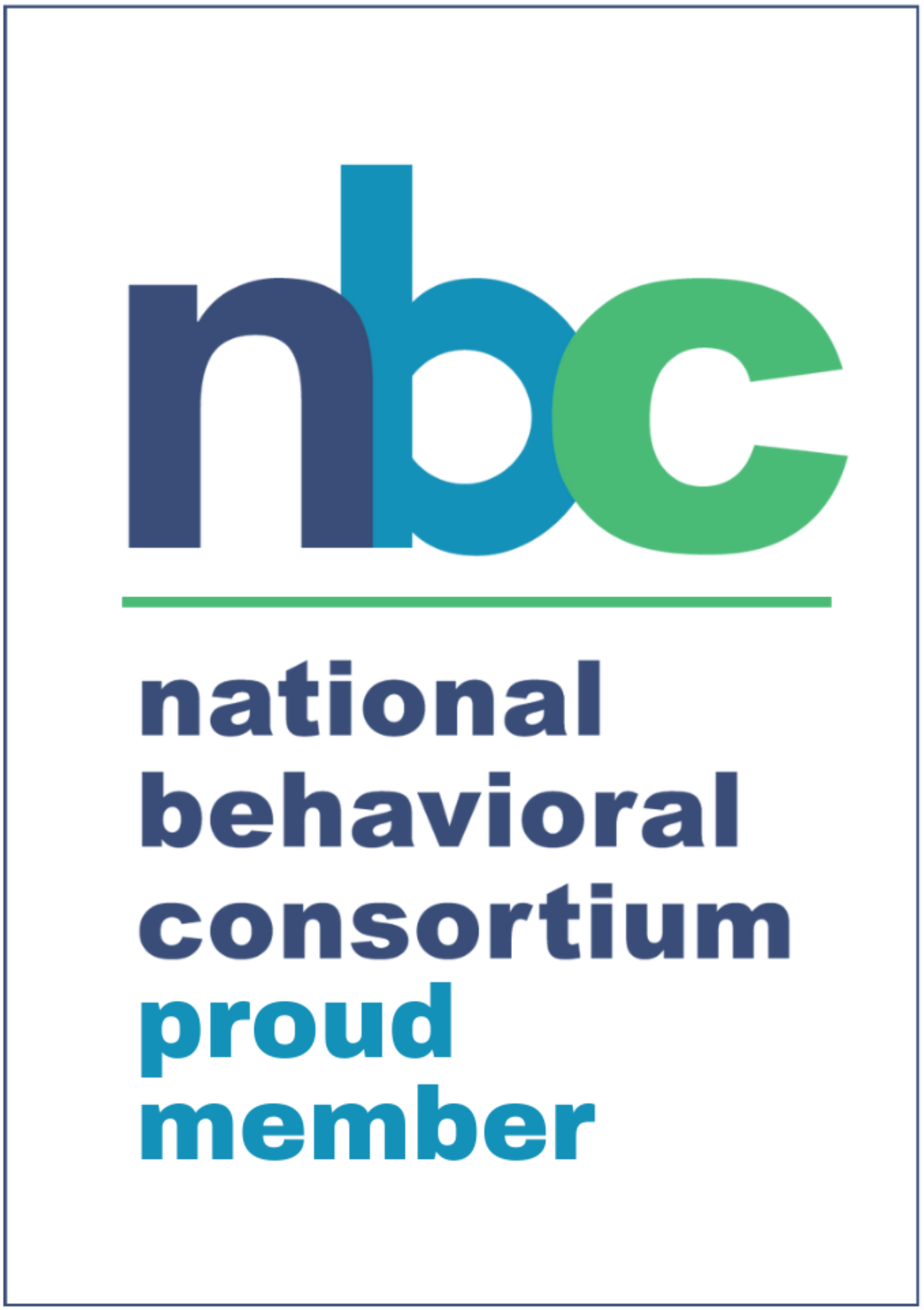The “Big Game” is a great observational laboratory for studying two highly-successful organizations, the Denver Broncos and the Carolina Panthers. Professional sports teams are transparent about a number of organizational issues such as succession planning, management strategies and tactics, leadership issues, toxic or impaired employees, employee turnover, team cohesiveness, customer loyalty and influence, leadership, social influence and modeling, focus and preparation, culture and identity, reliance, and expertise. This blog/article will focus on the Denver Broncos.
Culture and Culture Change
Two years ago the Denver Broncos were defeated soundly by the Seattle Seahawks. Executive Vice President and General Manager, John Elway, made significant numbers of personnel changes from the coaching staff to the majority of players. This was done to change the attitude of the team. Elway said “The team is tougher. “kicking and screaming” through mental toughness (http://www.denverpost.com/broncos/ci_29414693/john-elway-sees-tougher-broncos-this-year-through). The Broncos’ have the number one defense in the NFL going into the “Big Game”. They are clearly tougher than last year and performed at a higher level. In addition, the NFL does a better job than many businesses and organizations regarding performance. If you don’t perform, you are benched and will likely lose your job. Culture is defined as a shared set of assumptions as to how we do business (Schein). The Broncos have noticeably changed how they do business.
Leadership
The executive team of the Broncos started out the year with an announcement that the owner, Mr. Pat Bowlen, had Alzheimer’s disease and would be stepping down from his executive role. This was a significant loss for the organization as he was well-known as a successful change management leader. The executive team re-organized roles and functions to continue the strategy and direction the organization was heading. The coaching staff was brand new with Gary Kubiak taking over as Head Coach and Wade Phillips coming in as the Defensive Coordinator. Together Kubiak and Phillips implemented a new offense and defense. This created a learning curve and inherent stress for those adapting to the new system. At the team captain level, Peyton Manning, DeMarcus Ware, and David Bruton, Jr. were voted in by their peers. The team captains provide important peer leadership and are role models for the other players. They are also significantly involved in the team chemistry and cohesiveness. Then there are the informal leaders such as Von Miller, all-pro-defense, outside linebacker. He displays an enthusiasm and maturity that may have been underdeveloped earlier in his career when he received a four game suspension. This year he has consistently performed at an all-pro level, provided leadership, and found inspiration from DeMarcus Ware (http://www.denverpost.com/broncos/ci_29454733/evolution-von-miller).
Peyton Manning
Peyton Manning had significant professional challenges this year. He is known for his preparation, performance (holds countless records), and winning record. This year he had a sub-par season due to factors such as injury to his foot. He was relieved and benched, watched from the sidelines while he healed, was made the back-up, yet came into win a game from behind and lead the team to the AFC championship and onward to the “Big Game” once again. He also had other adversity this season with allegations about HGH (human growth hormone). Through it all he displayed a professional demeanor in the media, contributed to the team during the down period, and came back to help the team win the championship. This type of leadership, role modeling, and performance contributed to the culture and attitude of the team. From an individual psychology of performance perspective, Manning exhibited an impressive degree of resilience as did a number of other injured players such as DeMarcus Ware, Chris Harris, Jr., and every other injured player this season who came back and performed admirably. What does it take to be resilient in your organization?
Focus and Preparation
Over and over in the media this season, various players were noted by their peers and coaches for their preparation and focus. The players were noted for staying late after practice to get more repetitions in, watching additional film, and rehabilitating their injuries so they could get back and contribute. If a starter became injured, the back-up player being ready to replace them and perform at a high level is imperative. Brock Osweiler was a good example of this on offense, coming in to replace Manning and lead the team to 5 wins and just 2 losses. He handled moving back into a second string role with professionalism and publically stated he wanted what the coach thought was best for the team.
Role of the Under Dog
The Broncos have reported feeling like they are not recognized as being as good as they are all season and have used that as motivation to prove everyone wrong. In the “Big Game” the odds-makers predict they will lose. What is interesting organizationally, and from a performance psychology perspective, is that the Broncos have set an NFL record for the most wins by 7 points or less (11 wins) (http://www.denverpost.com/broncos/ci_29451542/broncos-underdogs-super-bowl-50). This relates to Elway’s comments earlier in this blog about being tougher. They have a depth of experience overcoming adversity that no other team in the NFL has this year. The Broncos have the experience and resilience that will allow them not to fold or give up if it is a close game.
Succession Planning
The “Big Game” is replete with examples of personnel management, personnel changes, succession planning, and development of personnel. In any organization, bench strength is important and when it is not there or developed, organizations falter. In professional sports it becomes glaringly obvious when a team has not drafted well or developed their younger players when a star is injured and the team starts losing. In business, it is just as important, yet sometimes not as obvious. Brock Osweiler stepped in and did a great job for the Broncos until Manning was ready to come back. Coach Kubiak did a masterful job of handling the public relations and internal team dynamics during this time. He managed expectations clearly when he announced Manning would be the starter for the playoffs, so that everyone could focus and prepare for their role. Finally, pro sports also allow a window into the impact of toxic co-workers or impaired co-workers on the culture, focus, and preparation of the organization (think distractions like your number one draft choice at quarterback spending a significant time last summer in “rehab” and then having social media pictures posted of him “partying” and then being benched by the coach. That team by the way, not in the “Big Game”).
Lessons Learned for Your Organization
- Culture is important. What are your rules of engagement? How do you do business?
- Expertise of personnel. What is the level of your personnel’s expertise in your organization? Do you need to train or upgrade? Are you assessing regularly? Keeping your “Superstars” fresh?
- Leadership, vision, and implementation. From your executive team down, is there alignment on the vision? Does your leadership inspire, model the behavior you want, and do they execute the plan?
- Informal leaders. Who are your informal leaders? Do they exhibit the behavior and messages you want your staff to follow?
- Role models. Do you have staff that are role models for the younger workers? Do they model what you want?
- Focus and preparation. Is your staff focused and prepared to execute your business plan every day?
- Group identity vs perception of the public. Does your organization have its own identity? Are your customers in alignment with the identity and support it?
- Resilience of team members. Are your leaders and staff members resilient? Do they bounce back from adversity in their professional or personal life? If not, do you have resources to help them bounce back such as employee assistance programs? If you have helped them and they are still under-performing can you help them “find their bliss elsewhere.”
To your Wellbeing,
Robert A. Mines, Ph.D., CEO & Psychologist
&
Daniel C. Kimilinger, Ph.D., MHA, SPHR, Human Resources and Organizational Psychology Leader
References:
Schien, E. H. (1992). Organizational Culture and Leadership (2nd Edition).







Leave A Comment